And not just any port. We worked with grape farmers in the Finger Lakes region of upstate New York to develop a flavor profile we knew would blend well with our family recipe, and age well with the brandy. Our brandy comes from California in cubes made of non-leaching plastic.
Our process (like our glögg) is all about slowing down.
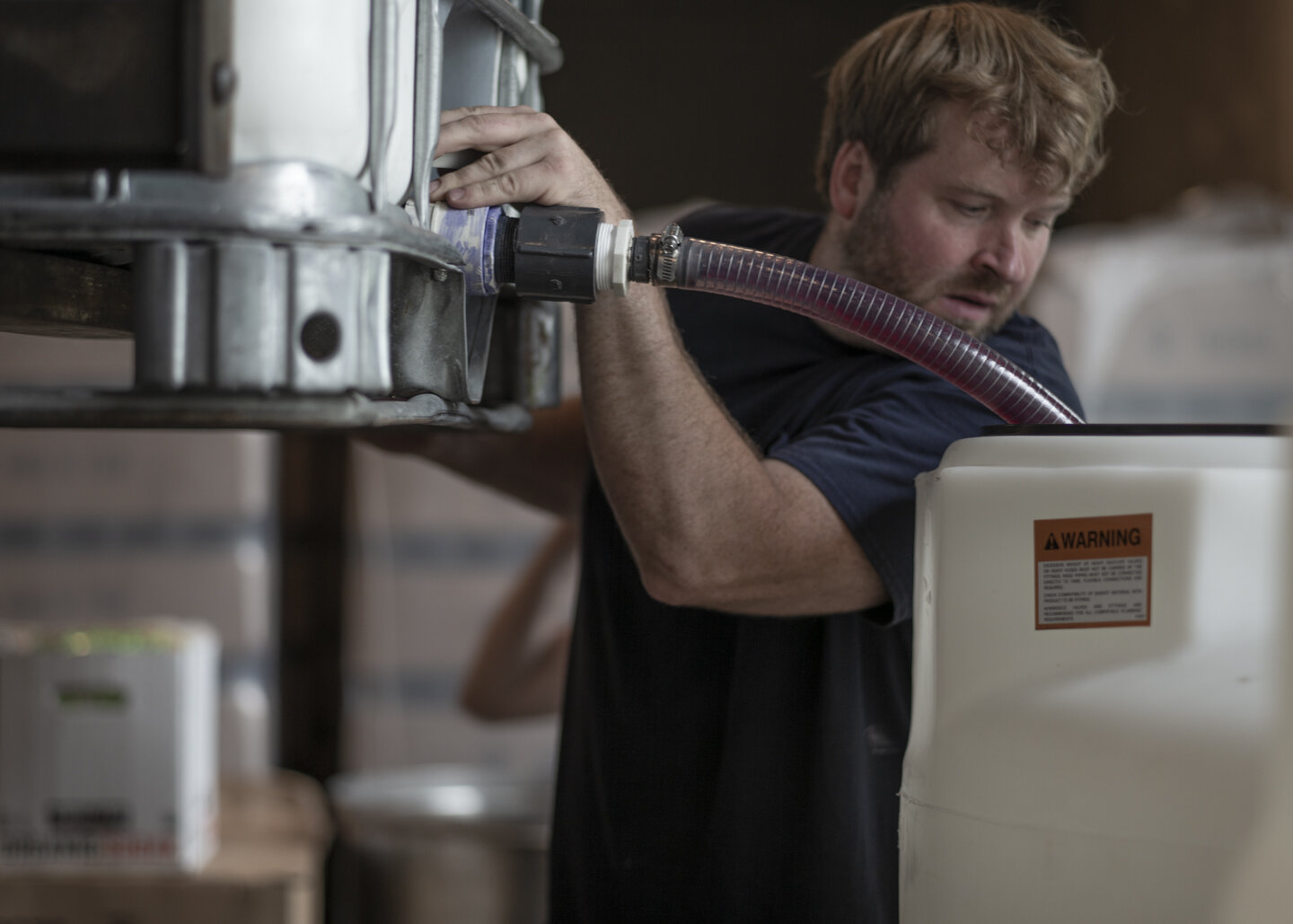
We start with quality port.
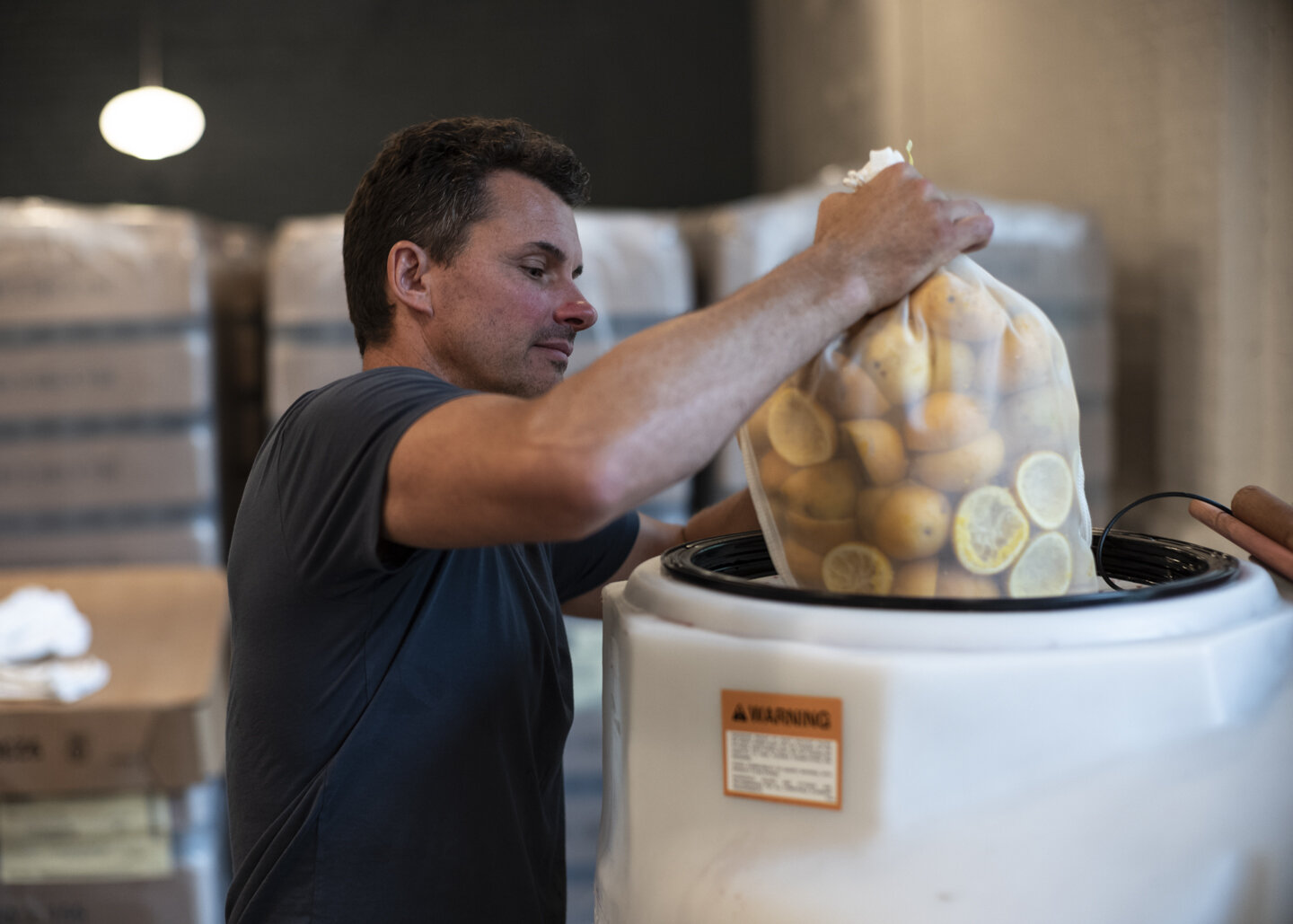
We add fruit and spice.
Our recipe has been handed down for generations—orange peels, raisins, cinnamon, cardamom. We source locally and buy organic whenever possible. It takes about 10 days for the fruit to ferment, releasing rich, hearty flavor into the port. We ferment on our premises, agitating the fruit and spices a few times each day.





We heat and “finish.”
After ten days of fermentation, we remove the fruit and spices, top off the blend with brandy, and heat the tanks to 170° to stop the fermentation process. This, along with the added brandy, is what makes Hetta last long after a bottle has been opened.
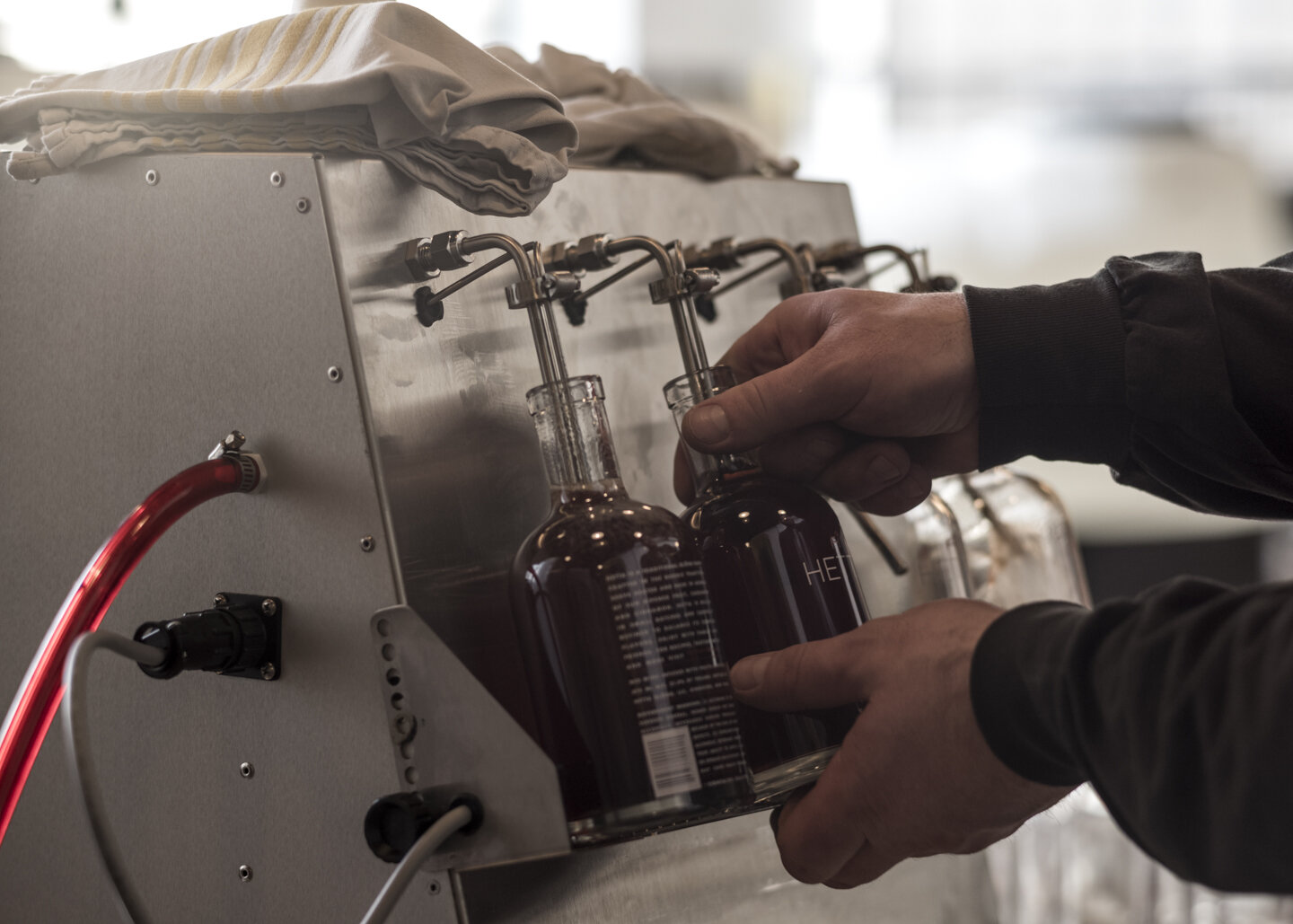


We fill the bottles.
We source our bottles from one of the oldest, most respected glass producers in France—a multi-generational family business that closes shop just one day a year for maintenance. We care about keeping our eco-footprint small, encouraging our local customers to drop used bottles at our tasting room, and our online customers to ship them back—at our expense—so that we can re-use them.



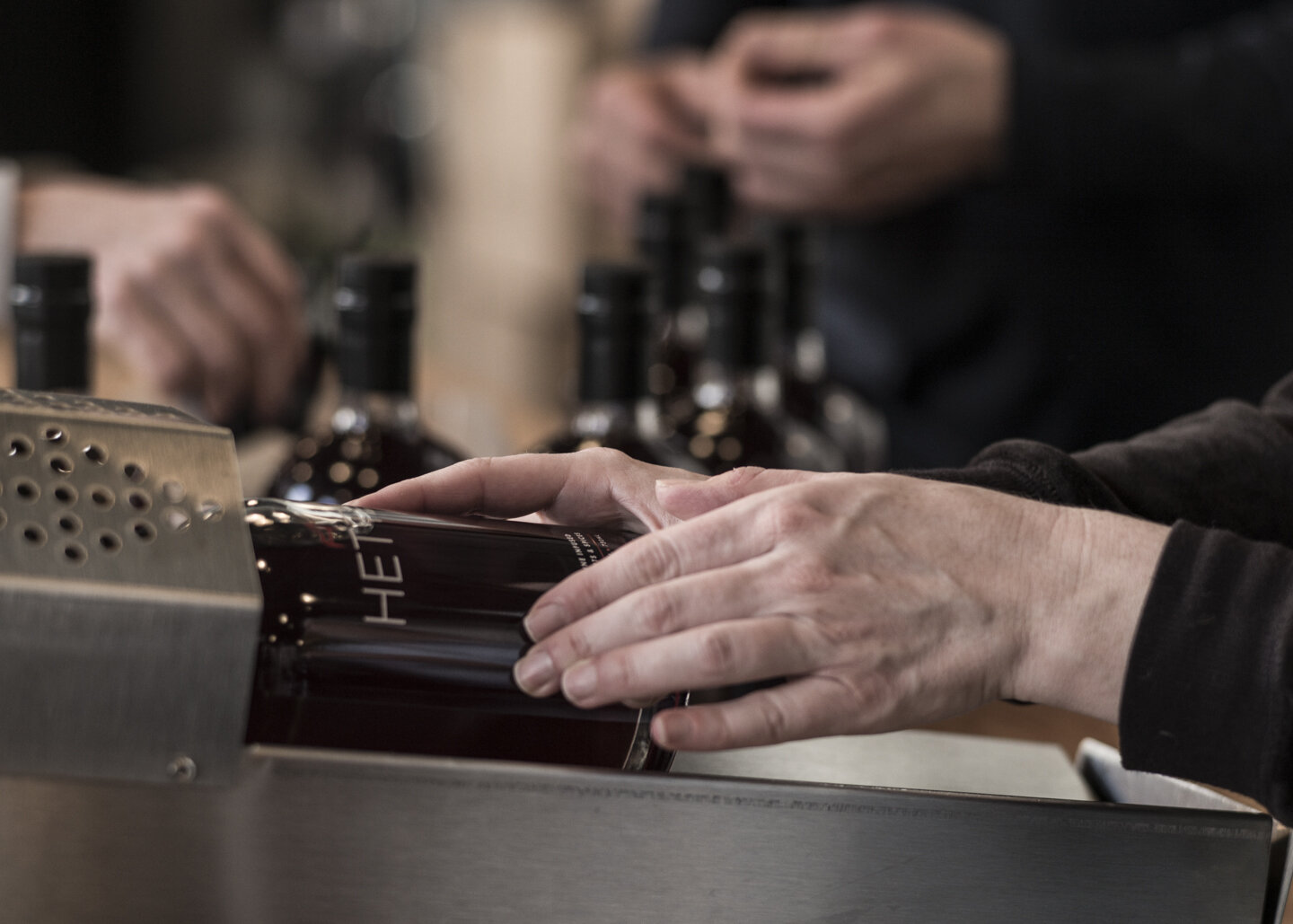

We cap and seal.
Bottling day happens 10 days a year. After a 10-hour day, we’ll have 300 cases (six bottles each) ready for distribution.
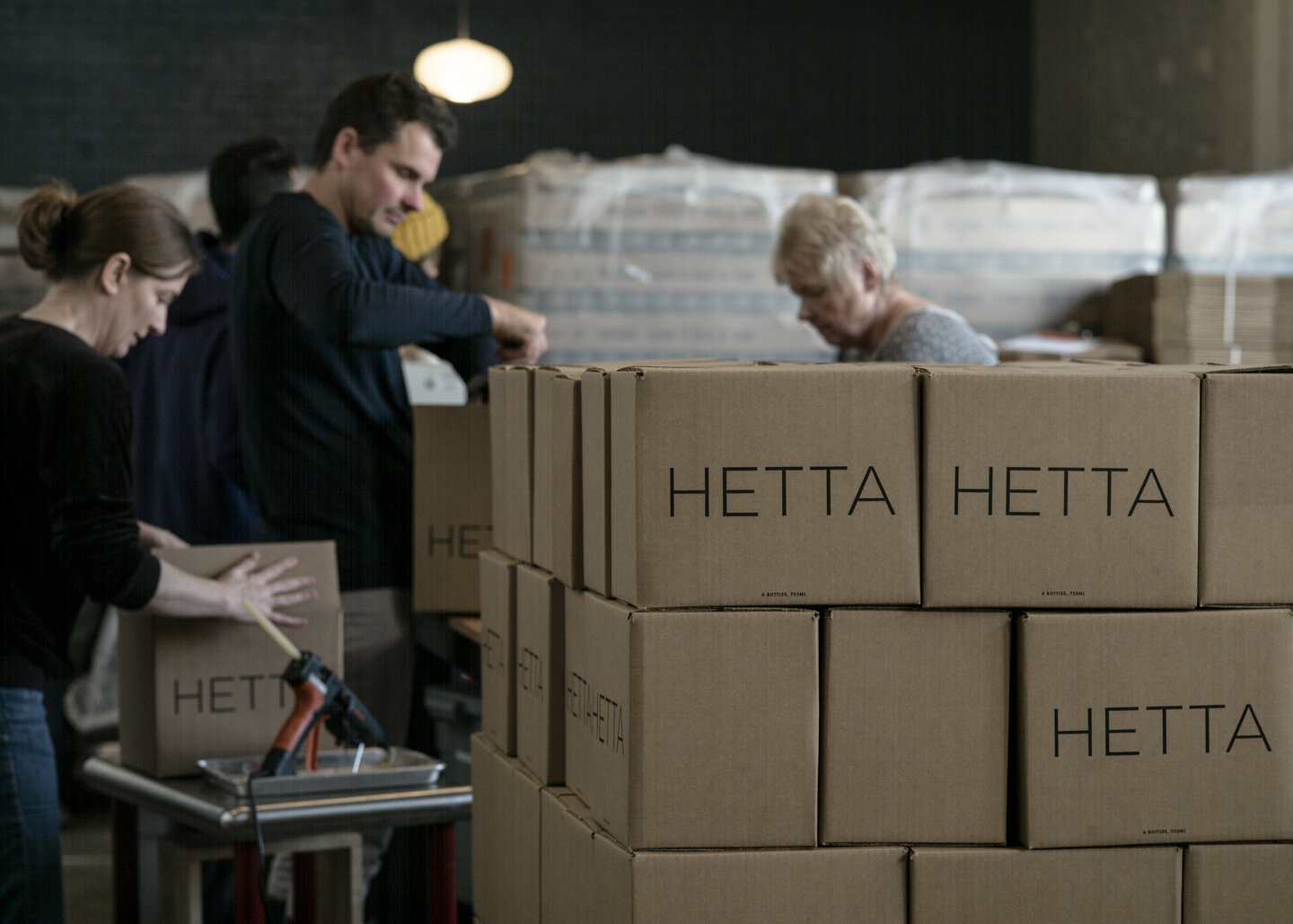


We polish and pack.
Every bottle of Hetta is lovingly made, bottled, polished, and packed by us—from our hands to yours.
Jubel! Skål! Cheers!



